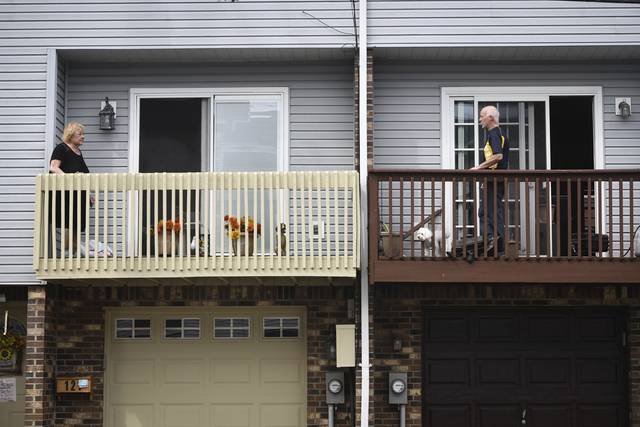Pennsylvania is getting worse at social distancing, data shows
Despite a growing number of covid-19 cases in Pennsylvania, location data shows residents have actually increased their travel.
Unacast, a phone data company, used data from mobile phones to track the average change in distance traveled by individuals in each state and country, starting from Feb. 24. The state was doing well in late March, with a sharp decrease in mobility beginning around March 16. That was around the time the states’s confirmed covid-19 cases began to steadily rise, and when Gov. Tom Wolf began official precautions — closing bars, restaurants and non-life-sustaining businesses, closing turnpike restrooms and food services and issuing a stay-at-home order for seven counties.
At the time, Unacast graded the state an “B” for its strengths in social distancing.
The stay-at-home order has since been expanded to include the entire state, but in the last week, Pennsylvania’s score has actually declined. The state’s grade is now “C-.” This follows an increase in average distance traveled since March 26.
At its best, around March 28, Allegheny County had seen about a 55% decrease in average mobility since February, according to Unacast. The most recent data, from April 1, shows the decrease is now only around 40% — meaning mobility increased by about 15% in three days.
In Westmoreland County, the average mobility had decreased by about 55% from March 28, but has since increased about 30%. As of April 1, the average mobility decrease since February is only about 25%.
Remove the ads from your TribLIVE reading experience but still support the journalists who create the content with TribLIVE Ad-Free.

